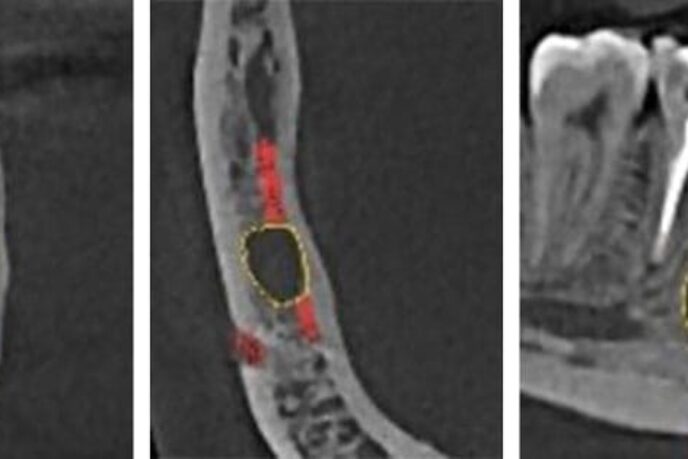Root canal treatments have one sole purpose: to save teeth. Without this option, many more people would be walking around with horrible false teeth or implants.
Due to many factors, there has been some bad press on the subject. Most of this is due to a lack of understanding. The main misconceptions are that a root canal treated tooth is a dead piece of tissue left in the body and that it causes a multitude of systemic problems. This is a simplistic view that doesn’t consider all the facts.
Firstly, a tooth’s blood supply is approximately 10% from inside (the tissue in a healthy root canal), and 90% from the outside through the so-called periodontal ligament. This allows for a healthy and living attachment of the tooth into the jawbone leaving the tooth to be the healthy micro-organ that it is, even after root canal treatment.
Secondly, infections and other pathology, is diagnosed by visible signs and symptoms. These can include pain, swelling, redness, warming of an area, displacement of normal tissue, etc. Some of these are clinically visible and some are assessed through imaging aids such as x-rays and scans.
This ‘diagnostic method’ implies that the reverse is also true in so far that a lack of or, crucially, a reversal of signs and symptoms can be interpreted as a healthy state. The following is a good example. This is a case of a 23-year-old student who developed a significant infection after a poor root canal treatment on a lower right molar. In the images below, the yellow outlines the infection area. It appears dark because the infection has destroyed all the healthy bone structure, leaving a puss filled cavity. It extended into the normal nerve canal with the patient complaining acute pain and loss of sensation over her right chin area.

After discussing the options with the patient, it was decided that to try and save her tooth. The treatment was done in 2 sessions. The first session involved removing of the old root canal filling material, cleaning the tooth properly on the inside and placing a broad spectrum antibiotic paste in the canals. The was left in the tooth for a few weeks after which the canals were cleaned again and sealed with a bioceramic material. Finally the tooth received a long term provisional crown to protect it from potential fracture.
Between the first and second appointments, the symptoms of pain and sensation loss completely resolved.
The patient recently came in for an 18 month healing review and a new 3D scan was taken. The images below show complete healing and resolution of the infection with new bone growth to fill the previous lesion.

This is an extreme example demonstrating the daily results we see when basic principles of treatment are followed.
Bottom line: Root Canal treatment works!
Book your consultation with our team today!

